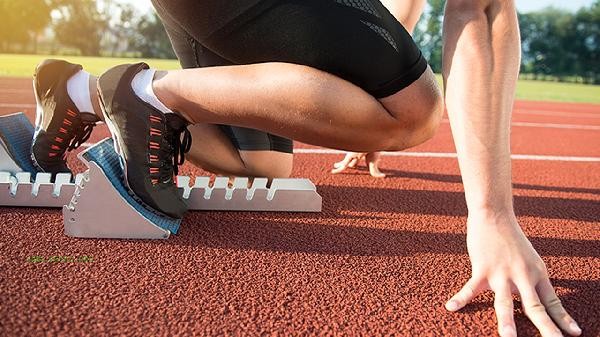Wearing board shoes for running can alleviate foot pain by changing professional running shoes, adjusting running posture, controlling exercise intensity, strengthening foot muscle training, and using shock-absorbing insoles. Foot pain is usually caused by insufficient cushioning of the sole, lack of arch support, excessive exercise, muscle fatigue, and uneven foot stress.

1. Replace with professional running shoes
The sole of board shoes is usually hard and lacks elasticity, making it difficult to effectively absorb ground impact during long-term running. Professional running shoes adopt a layered cushioning design, and the midsole is often made of elastic materials such as polyurethane or air cushion, which can disperse foot pressure. When choosing, support or cushioning running shoes should be matched according to the arch type, and flat feet should choose styles with reinforced support on the inside.
2. Adjust running posture
Excessive forefoot landing or heel impact on the ground can increase foot burden. The correct posture should maintain a slight forward tilt of the body, with the midfoot touching the ground first when landing, and the stride should not be too large. You can observe your running posture through slow motion video recording and consult a professional coach for corrective training if necessary.
3. Control exercise intensity
Sudden increase in running distance or speed can easily lead to plantar fascia strain. It is recommended to adopt a gradual approach, with a weekly increase in running volume not exceeding 10%. New runners can try a combination of running and walking mode, such as running for 2 minutes and then walking for 1 minute in a loop, gradually adapting and extending the continuous running time.

4. Strengthen foot training
Insufficient arch muscle strength can exacerbate compensatory pain during running. Daily practice of grabbing towels can be done by repeatedly grabbing ground towels with your toes; Or do tiptoe exercises, lift the heels of both feet and slowly fall down. These actions can enhance the endurance of the plantar muscle group and improve stability during running.
5. The temporary solution of using cushioning insoles
is to add gel insoles with arch support, which can make up for the shortcomings of cushioning performance of board shoes. Choose memory foam insoles with moderate thickness, as excessive thickness can actually affect foot perception. Please note that insoles are only used as a transitional measure, and professional running shoes are still required for long-term running.

If you experience persistent pain after running, you can use ice to reduce inflammation. Put crushed ice cubes into a plastic bag and apply it to the painful area for 10 minutes. Stretch the back of the calf more frequently in daily life, push both hands against the wall to keep the hind legs straight, and feel the tension of the Achilles tendon. If the pain does not improve or swelling occurs after adjusting the measures, it is recommended to seek medical examination for conditions such as plantar fasciitis and stress fractures. Low impact exercises such as swimming and cycling can be alternated in daily life to reduce foot load.






Comments (0)
Leave a Comment
No comments yet
Be the first to share your thoughts!